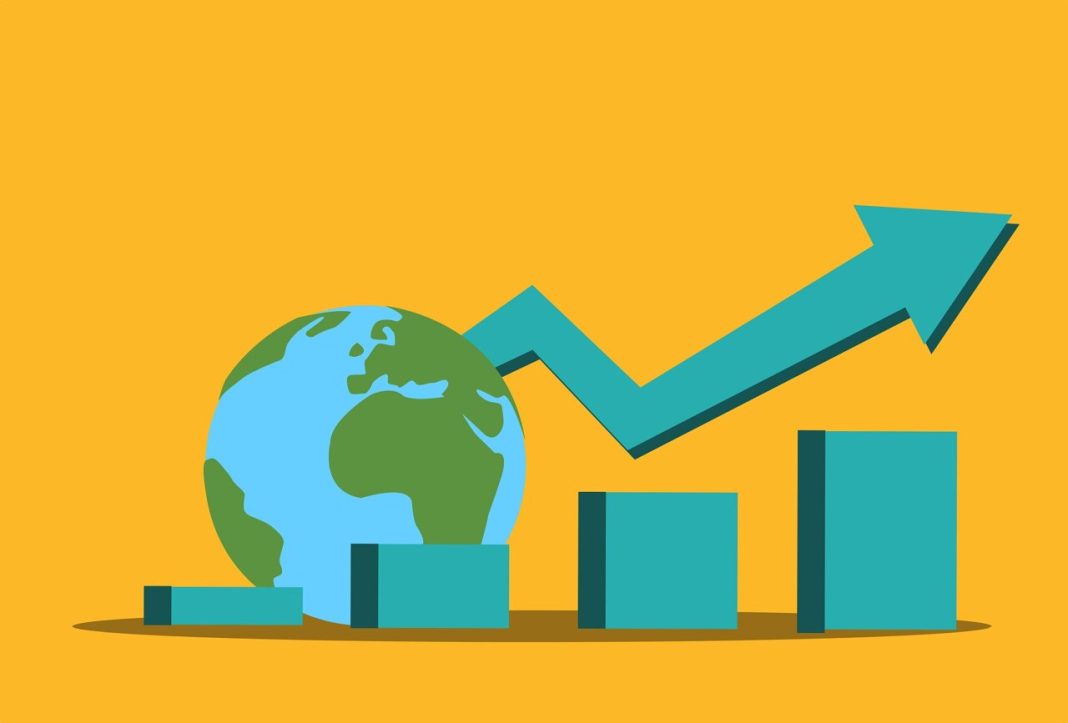
US Recession Probability Lowered as Data Shows No Signs of Economic Transition
Introduction:
Investment bank Goldman Sachs recently lowered the odds of a U.S. recession after analyzing recent data that showed no signs of an impending economic transition. The bank had previously raised the probability of a recession from 15 to 25 percent due to a three-year high in the unemployment rate. However, with the release of new data, the bank has revised its estimate to a 20 percent chance of a recession.
The Sahm Rule and a Potential Recession:
The Sahm Rule, an indicator used to predict recessions, was updated to reflect a potential recession after incorporating July’s unemployment data. Since its inception in 1959, the indicator has only provided two false signals for the U.S. market. However, Claudia Sahm, the creator of the Sahm Rule, advised caution in interpreting the current recession signal. She highlighted the “unusual shifts” in the U.S. labor market, which could have distorted the accuracy of the indicator.
Positive Economic Indicators:
Recent data released on Thursday showed a drop in the number of Americans filing for unemployment benefits compared to the previous week. Additionally, retail data indicated that sales rose by the most in 1 1/2 years last month. These positive indicators contribute to the view that a recession may not be imminent.
August Jobs Report and Recession Probability:
The probability of a recession could be further lowered if the August jobs report turns out to be “reasonably good,” according to an economist. If this is the case, Goldman Sachs chief U.S. economist Jan Hatzius stated that the recession probability could be reduced back to 15 percent.
JP Morgan’s Revised Forecast:
While Goldman Sachs decreased the probability of a recession, JP Morgan raised its forecast. The bank increased the probability of a U.S. and global recession occurring before the end of 2024 from 25 to 35 percent. Bruce Kasman, JP Morgan’s chief global economist, cited challenges to their growth forecast, including a weakening labor demand and signs of labor shedding.
Concerns and Uncertainty:
The U.S. Federal Reserve’s Beige Book, which tracks economic activity, reported signs of softening in the economy. Five of the 12 districts monitored by the Fed reported “flat or declining activity,” indicating potential concerns. Uncertainty surrounding the upcoming election, domestic policy, geopolitical conflict, and inflation also contributed to expectations of slower growth over the next six months.
Expert Analysis and Recession Indicators:
Steve Hanke, a professor of applied economics, expressed concern about an upcoming recession based on his analysis of the U.S. money supply. Hanke noted that the money supply has contracted since July 2022, which has historically preceded recessions. Additionally, Pascal Michaillat, an associate professor of economics at UC Santa Cruz, developed a new recession indicator that has a better historical track record than the Sahm Rule. According to Michaillat, the indicator suggests a 40 percent probability that the U.S. economy is already in a recession, which may have started as early as March 2024.
Business Executives’ Confidence:
In contrast to the concerns raised by economists and indicators, a recent Confidence Board survey found that business executives are more confident in the strength of the American economy. The survey revealed that only 30 percent of CEOs expect a recession in the coming year, a significant decrease from the 84 percent reported a year ago.
Conclusion:
While the probability of a U.S. recession has been lowered by Goldman Sachs, there are still factors that contribute to uncertainty. Positive economic indicators, such as decreased unemployment claims and increased retail sales, suggest that a recession may not be immediate. However, other indicators and experts’ analysis raise concerns about the potential for a recession in the near future. Business executives, on the other hand, appear to be more confident in the strength of the American economy. As the economy continues to evolve, it is important to closely monitor data and expert opinions to gain a comprehensive understanding of the potential risks.


